ID: RL5-MW3
ID: RL5-MW3
Paciock
Prunus africana
Photo
Kenya
02:19 - 17°C
My connections
My ID card
Who am I?
Date of birth
06/04/2021
Also known as
Paciock
Name
African Cherry
Tree
African Cherry
Where am I located?
Country
Kenya
Place of birth
Gatanga
Coordinates
2° 57′ 54.79″ S
37° 11′ 24.9″ E
/37.19025078,-1.03478054,0/500x333@2x?access_token=pk.eyJ1IjoidG9tbWFzb3NwZXJvbmkiLCJhIjoiY2tnOTE3eW12MDJqazMybXNzOWV1YjloOSJ9.wtGsuDU7XIKjcv2cq8CiXw&logo=false&attribution=false)
My Timeline
The important moments in your tree's life.
Seed
It all starts with a tiny seed, nice and warm in the soil.
Nursery
Your seedling is big enough to be welcomed into one of our nurseries, along with many others.
Planted
We’re here! Your tree has reached its new home: it’s been planted by a smallholder, who’ll take care of it for years to come.
Photo
Strike a pose! Now that it’s big enough, here’s a photo of your tree!
My Gallery
Nursery
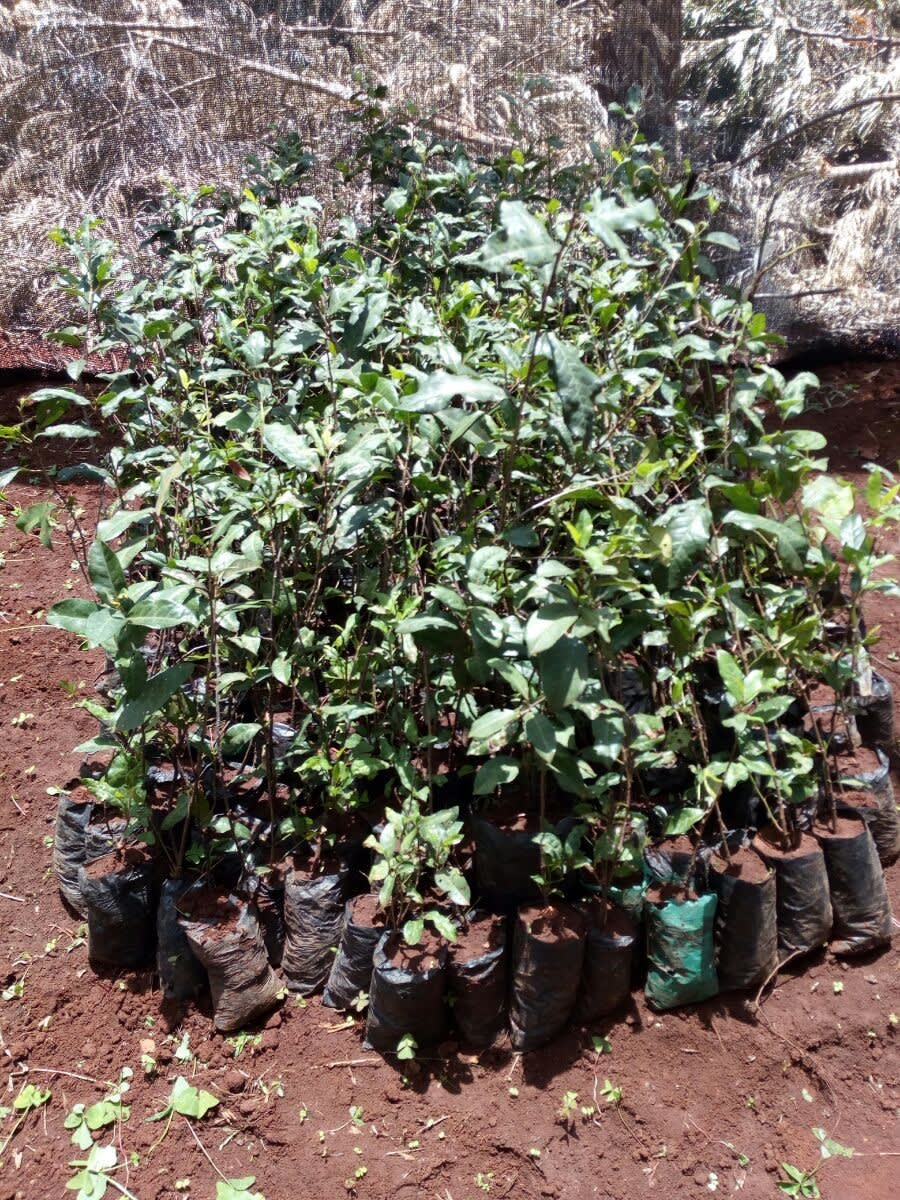
Planted
/37.19025078,-1.03478054,0/500x333@2x?access_token=pk.eyJ1IjoidG9tbWFzb3NwZXJvbmkiLCJhIjoiY2tnOTE3eW12MDJqazMybXNzOWV1YjloOSJ9.wtGsuDU7XIKjcv2cq8CiXw&logo=false&attribution=false)
37° 11′ 24.9″ E
Photo

Curiosity about me
The important moments in your tree's life.
Let's start with introductions
The African Cherry tree is an evergreen of the Rosaceae family. On average, it grows to about 26 meters tall, as its trunk reaches 1 meter. It's a tropical species that grows at 900-3400 meters above the sea level
Meaning
Enchantment
Extracts of its bark and leaves are used by local tribes for witchcraft.

How much CO2 I’ll absorb
My estimated CO2 absorption capacity is based on the first 10 years of my life*
Current absorption
- 40 kg
2021
0 kg
2031
-200 kg
* The tree will continue to absorb CO2 even after the tenth year. Therefore this is a prudent estimate.
How I am useful to local communities
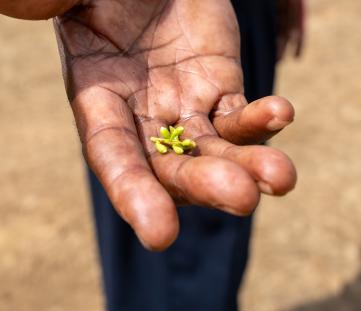
Medicine
Its leaves, roots, bark and/or fruits are used in traditional medicine.
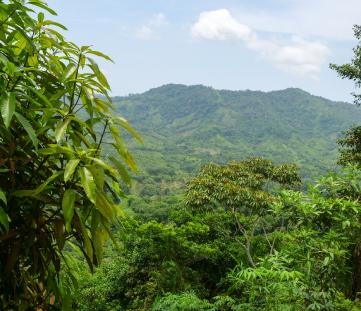
Anti-wind
It protects young plants from the wind and reduces water evaporation from the soil.
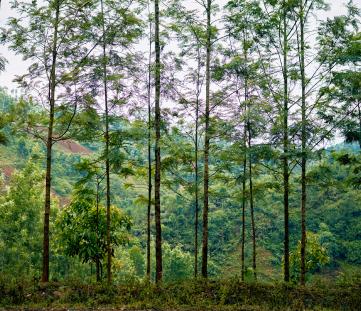
Fence
It provides protection for crops and shade for livestock.
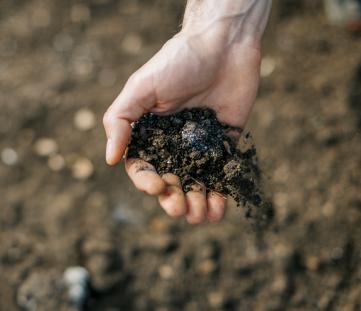
Soil
It improves the quality of the soil thanks to the nitrogen fixation process or it reduces soil erosion, thanks to its extended root system.
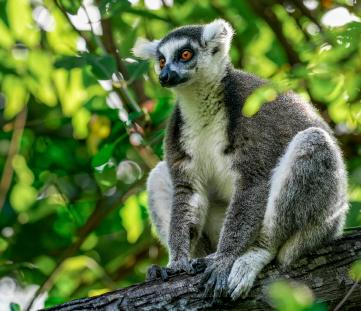
Biodiversity
It helps restocking various animal species, thus helping the variety of fauna and flora overall.
My benefits
30%
Food Security
The trees will bear fruits, some that will be edible immediately and others that can become edible through processing, ensuring food resources over time.
30%
Economic development
The trees' fruits and the products derived from their transformation can be traded in local networks, offering income opportunities.
70%
CO₂ Absorption
During its life cycle, each tree will offset CO₂. The trees that you plant can offset your emissions.
60%
Environmental protection
The trees are planted in agroforestry systems that favor the virtuous interaction between the different species and their positive impact on the environment and on the land.